Home>Interior Design>How To Incorporate a Stacked Stone Tile Into Your Home

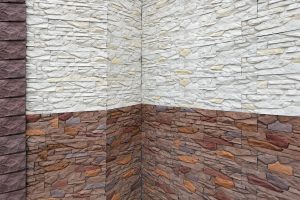
Interior Design
How To Incorporate a Stacked Stone Tile Into Your Home
Modified: December 6, 2023
Using a stacked stone tile set is an easy way to add natural stone to your home. Read all about how they work and how you can decorate around them!
(Many of the links in this article redirect to a specific reviewed product. Your purchase of these products through affiliate links helps to generate commission for Storables.com, at no extra cost. Learn more)
The allure of natural stone has had homeowners spellbound for years. They come in a myriad of shades and textures depending on the type of stone, from rustic travertine to luxurious marble. This has made them popular for floors, walls, accents, and more across different homes. The tricky part used to be installation, but now, the innovative stacked stone tile has made the whole process a lot easier.
What Is a Stacked Stone Tile?
A stacked stone tile is an arrangement of stone set against a flat backing. They often mimic brickwork or tiling, creating the illusion of variety. The tiles are made to fit together neatly, saving you the hassles of laying out a pattern yourself while also being easy to install. They act as stone panels that can go on your walls, fireplaces, and so on.
Read more: How To Stack Landscaping Stones
Types of Stacked Stone Tile
There are several types of stacked stone tile on the market today. Finding one to suit your home will be a matter of preference and style. They mainly vary in terms of materials and patterns, which can be chosen based on your requirements.
Materials
Since stacked stone tiles can use different types of stone, they come in a ton of textures and shades. Their appearance depends heavily on what materials are used to create their patterns. Some stick to one sort of stone while others like to mix and match. Slate, travertine, and marble are common stones used for this purpose. There are even tiles that integrate metal or other elements into the design. Faux stacked stone tiles made from veneer can also be used to cut costs while maintaining the natural aesthetic.
Stone Patterns
The pattern of the stones laid out against the backing is another factor to consider. Some sets will be uniform while others mimic more random placements and levels. Often, the type of tiles that have different thicknesses in the bricks will be for accents and outdoor walls. The more even patterns are easier on the eyes and do well for flooring and common walls.
Pros and Cons of Stacked Stone Tile
Deciding whether you should buy a set of stacked stone tiles depends a lot on their drawbacks and benefits. For this section, we’ll be going over just that.
Read more: Where To Buy Stacked Stone For Fireplace
Pros
One of the biggest pros of stacked stone tile is of course its appearance. These tiles can greatly benefit both your interior and exterior decor. A stone tile backsplash, for instance, adds a dose of variety to a plain kitchen. Textured columns give rustic charm to a room or patio. A fireplace with stone accents can serve as an understated but eye-catching centerpiece. Considering how many different types of stacked stone tiles are available and their many uses, customization is made easier than ever.
Installation is also much quicker and simpler compared to traditional stone tiles or bricks. A patterned look usually requires a lot of careful measuring. In addition, when laying down more textured and uneven bricks, the traditional method needs a lot of trial and error to fit the different stones into a specific space. Stacked stone tiles do away with this requirement entirely, and the measuring is made less complicated.
Cons
The main con of stacked stone tiles lies in the illusion they make. While they may look like sturdy stone walls, they definitely won’t be as strong as the real thing. Also, depending on the materials you choose, faux stone tiles may not appear as premium as actual stone.
Another drawback to touch on is cleaning and maintenance. Natural stone needs regular sealing to protect it against the weather, and a textured wall will always be harder to clean than a flat one. A lot of this will again depend on the materials and pattern you choose though.
Pros and Cons Summary
Pros
- Can add variety to different spaces
- Many different patterns and materials are available
- Installation is easier compared to traditional stone walls
Cons
- Not as sturdy as real stone walls
- Can look synthetic depending on the quality of the materials
- Maintenance can be difficult depending on the materials and pattern
Incorporating a Stacked Stone Tile Into Your Home
Now that you know all about stacked stone tiles, you may be itching to incorporate them into your home. There are many ways to do this, but we’ve listed some of the most popular ones below. After this, we’ll also be touching on installation, so keep reading!
Read more: How To Install Stacked Stone Veneer
Walls
Stacked stone walls make for an excellent accent to any room. Oftentimes, these are used on only one side, adding texture and variety. Indoors, you’ll often find them at the back of the room and facing the main entrance. This creates a stunning backdrop framed by other plain walls.
When used for the exterior walls, stacked stone tiles can give the house a more rustic, rough and tumble look. This is especially true for the old-school brick type of tile layout. It’s an effective addition to the house’s facade, that’s for sure. It also makes for an aesthetic backdrop to barbeque or patio areas.
Backsplash
The kitchen backsplash is also a good place to integrate stacked stone into your design. This is the part below the cupboards and above the stove and counters. Traditionally, a backsplash is installed to protect the wall from any splashes, and stacked stone is excellent for this job. Not only can it look amazing as an accent to the rest of the kitchen, but the flattering patterns should be easy to wipe down when there’s a spill.
Counters
Counters are another kitchen staple perfect for installing some stacked stone. When wound around the base of the counter, it’ll make the countertop look as if it’s built on a brick wall. Of course, you could also switch up the materials and go for the clean marble look instead. This will add a more modern touch to the kitchen design.
Bathroom
Kitchen counters aren’t the only ones you can touch up. The bathroom is an excellent place to put down these tiles as well. From the counters to the walls, you can opt to cover the whole room in stacked stone if you wish. Just be sure to pick a more moisture-resilient material when you choose your tiles. Marble and resin are good choices for this.
Read more: How To Clean Outdoor Stone Tile
Fireplace
Finally, we come to the ultimate accent piece — the fireplace. Tiling this particular house fixture has become rather popular. It sets the space apart, highlighting the area as the center point of the room. As it turns out, natural stone is the perfect attention-grabber to do just that.
A particularly textured set of tiles is recommended for this job. The stripped brick look is sure to give the fireplace some character and charm.
How To Install Stacked Stone Tile
If you’ve decided what type of stacked stone tile you want and where you want it, it’s time to look at the installation. Stacked stone tiles are much easier to put up than a loose stone wall, but there are still some general tips and steps you’ll want to keep in mind. This section aims to walk you through it one by one, to ensure the best results.
Preparation
Preparation is arguably the most important part of the whole process. This will determine how well your tiles will fit on your wall and how easy cleanup will be after.
You’ll want to start with measurements and tile cutting. Ideally, you already would have measured the size of the wall you need and bought the right amount of tiles for the space. We recommend getting 10% more tiles than you need in case of breakage or mistakes.
Once you have the sizes down, do a mock-up of the bottom row by laying the tiles bare against whatever surface you’re installing them on. Cut the tiles to fit with a tile cutter.
Be sure to lay down some drop cloth to protect the floor. Thinset can damage wood and carpet especially, so don’t leave any gaps near the installation area. Moving aside any furniture that may get dirty or dusty is a given.
Installation
Installing the tiles themselves should be easy once you have the bottom row down. It’s crucial to get the bottom row correct and level to avoid any crookedness from becoming more severe on the higher rows. Use a level to make sure everything is straight on the onset and you should have no trouble.
To lay down the tile, start by spreading the thinset on the wall using your trowel. The amount and thickness will depend on the kind of tile you buy so be sure to check the instructions. Natural stone typically needs less than 3/4ths of an inch of thinset.
Next, we move on to the tiles themselves. It’s a good idea to back butter your tiles when you install them. This involves placing the thinset in the middle of the tile and spreading it thinly across the whole back to prevent air crevices in your wall. Finally, lay the tile down and adjust for levelness.
Read more: How To Clean A Stone Shower Tile
Completion
It can take a good 24 to 48 hours before the thinset dries. During that time, you’ll want to get as much of it off the top of your tiles as possible. If the thinset cures before you get the chance to clean it up, it’ll be a lot harder to get off. Gently go over any thinset spills with a damp sponge, being careful not to let the thinset on the inside of the wall get wet. You can use a scrub brush for any particularly hard-to-reach bits.
After the thinset cutes, you can seal the natural stone tile with a penetrating sealer. This will protect it from the weather and any other potential mishaps.
How To Clean and Seal Stacked Stone Tile
With your stone tiles newly installed, we know you’ll want to keep them in tip-top shape. The best way to do this is to have regular scrubbing sessions to keep the stone nice and clean. In addition, it’s important to reseal the stone every year to keep the protective layer of sealant intact.
Cleaning
Dust is a common problem for stacked stone tiles that tend to stick out, but this could be easily solved with the regular use of a shop vac or duster. A deeper clean involves some good, pH-neutral cleaner and plain old water. Simply mix the cleaner and the water as directed by the packaging and get to work. A tile and grout brush should help you get into any little cracks and crevices while you scrub.
If the material you chose can handle baking soda and vinegar, you can use that to deep clean any molds or stubborn stains. Other cleaners may also be viable. Just remember that some stones are prone to discoloration if you don’t use the right products. It’s best to test any new cleaners on a small, out-of-the-way surface of your tiles before applying them to the whole wall.
For stone tiles used around fireplaces, there may be soot stains to deal with. As a solution, you can try mixing one ounce of soap with one ounce of table salt and a little water to make a paste. Rub the mixture into the brick and wait 10 minutes before scrubbing it off.
Sealing
Since some natural stones are porous, it’s a good idea to reseal your stone tiles every year or so. Purchase some penetrating sealant and apply it as instructed on the packaging. Oftentimes, this will simply involve spraying it on, leaving the mixture to soak into the stone, and wiping down any excess. This only becomes a hassle when you have a large area of stone to cover. In that case, you may want to consider hiring a professional for the day.
Read more: How To Make Tile-Topped Stepping Stones
How To Decorate Around Stacked Stone Tile
Stacked stone can definitely be a statement piece, but how do you decorate around it? With a myriad of different patterns and materials, what’s most important is knowing how to mix and match. Here are some general tips for doing so with both flooring and furniture.
Flooring
One of the best ways to match your flooring with your stone tile is to have contrast. If your tiled wall serves as a statement piece with varying textures and color tones, go for a simple and understated floor. If the tiles are flat and monochrome though, you can choose to either match them with a plain floor or do something patterned to mix it up. Either way, you can always tie the two together with the furniture.
Furniture
The furniture of choice for the space will often depend on the general theme you’re going for. More rustic stone tiles will, for instance, match cottagecore or classic furnishings. At the same time, modern stone tiles will better suit sleek, minimalist pieces. This isn’t a hard and fast rule of course, and many other stones are neutral enough to suit anything. We suggest planning it first in your head, making a mood board, and seeing what sticks. You’ll never know until you try.
Frequently Asked Questions about Stacked Stone Tile
A stacked stone tile is usually completely pre-assembled, meaning whatever pattern and spacing the tile needs for its design is already integrated. As such, stacked stone tiles don’t need grout. They only require some thinset for installation.
Ledgestone is another name for stacked stone tiles, which are patterned and arranged on a backing for easy installation. Traditional stacked stone doesn’t have flat backing and must be patterned by hand, making them more difficult to work with.
It’s best to seal natural stacked stone to protect it from the elements. Once a year is best depending on the intensity of the weather in your area.
During installation, do not place any gaps between stacked stone tiles. As a pattern is already precisely inlaid into the backing, adding a gap will only break the pattern.
Conclusion
Stacked stone tiles have made integrating natural stone into your home much easier. While it may some time to clean and maintain, the look and feel of the stone in any space will make up for it. If you’re on the hunt for the perfect stone accent for your walls, fireplaces, and other surfaces, look no further than these stone tiles.
Was this page helpful?
At Storables.com, we guarantee accurate and reliable information. Our content, validated by Expert Board Contributors, is crafted following stringent Editorial Policies. We're committed to providing you with well-researched, expert-backed insights for all your informational needs.
![[WEIMEISC] Peel and Stick Backsplash Stacked Stone Tile](https://storables.com/wp-content/uploads/2022/09/WEIMEISC-Peel-and-Stick-Backsplash-Stacked-Stone-Tile-300x256.jpg)
![[Marble 'n Things] Travertine Stacked Stone Tile](https://storables.com/wp-content/uploads/2022/09/Marble-n-Things-Travertine-Stacked-Stone-Tile-300x295.jpg)
![[Tenedos] White Marble Stacked Stone Tile](https://storables.com/wp-content/uploads/2022/09/Tenedos-White-Marble-Stacked-Stone-Tile-300x225.jpg)
![[CCS CHICAGO CANVAS AND SUPPLY] Canvas Drop Cloth](https://storables.com/wp-content/uploads/2022/09/CCS-CHICAGO-CANVAS-SUPPLY-Canvas-Drop-Cloth-300x205.jpg)
![[LEXIVON] AutoLock Tape Measure](https://storables.com/wp-content/uploads/2022/09/LEXIVON-AutoLock-Tape-Measure-300x234.jpg)
![[QEP] Torque Master Tile Saw](https://storables.com/wp-content/uploads/2022/09/QEP-Torque-Master-Tile-Saw-300x153.jpg)
![[Custom Building Products] Pre-Mixed Tile and Stone Thin-Set Mortar for Stacked Stone Tile](https://storables.com/wp-content/uploads/2022/09/Custom-Building-Products-Pre-Mixed-Tile-Stone-Thin-Set-Mortar-293x300.jpg)
![[Frosch] Square Notch Tile Trowel](https://storables.com/wp-content/uploads/2022/09/Frosch-Square-Notch-Tile-Trowel-300x278.jpg)
![[Qooltek] Laser Level](https://storables.com/wp-content/uploads/2022/09/Qooltek-Laser-Level-300x278.jpg)
![[Glaze 'N Seal] Extra Strength Penetrating Sealer](https://storables.com/wp-content/uploads/2022/09/Glaze-N-Seal-Extra-Strength-Penetrating-Sealer-204x300.jpg)
![[QEP] Grouting Super Sponge Set](https://storables.com/wp-content/uploads/2022/09/QEP-Grouting-Super-Sponge-Set-300x195.jpg)
![[OXO] Scrub Brush](https://storables.com/wp-content/uploads/2022/09/OXO-Scrub-Brush-237x300.jpg)
![[Rubbermaid] Tile and Grout Brush](https://storables.com/wp-content/uploads/2022/09/Rubbermaid-Tile-and-Grout-Brush-300x300.jpg)
![[Miracle Sealants] Tile & Stone Cleaner](https://storables.com/wp-content/uploads/2022/09/Miracle-Sealants-Tile-Stone-Cleaner-137x300.jpg)
![[STONETECH] BulletProof Stone Sealer](https://storables.com/wp-content/uploads/2022/09/STONETECH-BulletProof-Stone-Sealer-179x300.jpg)

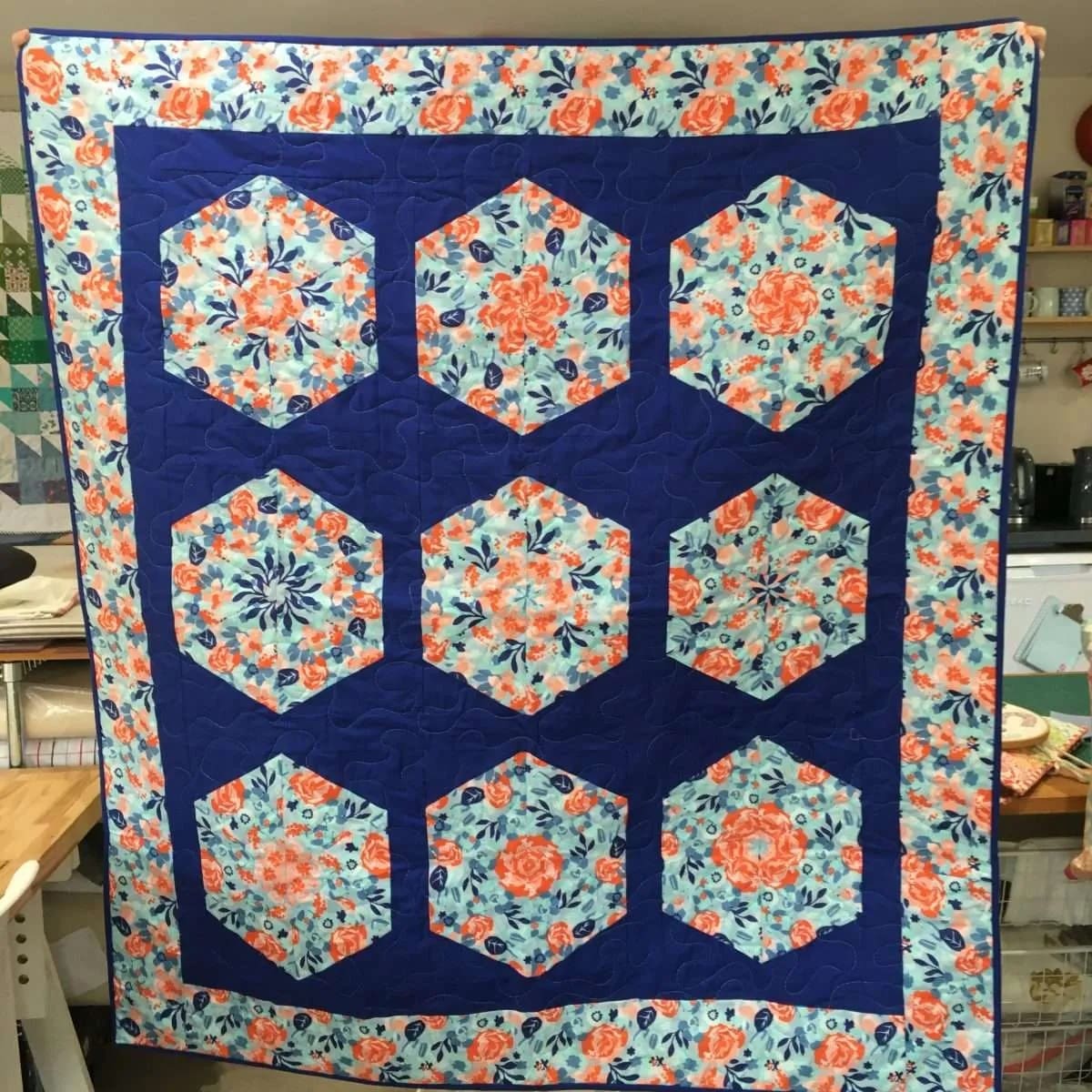
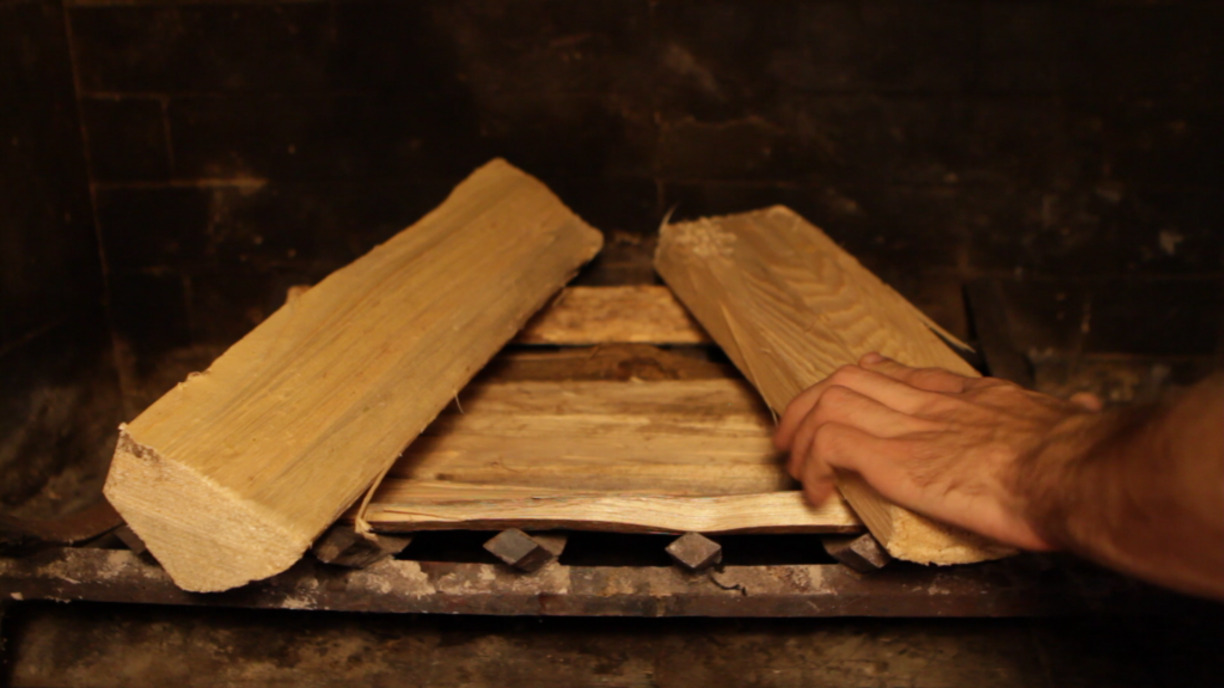

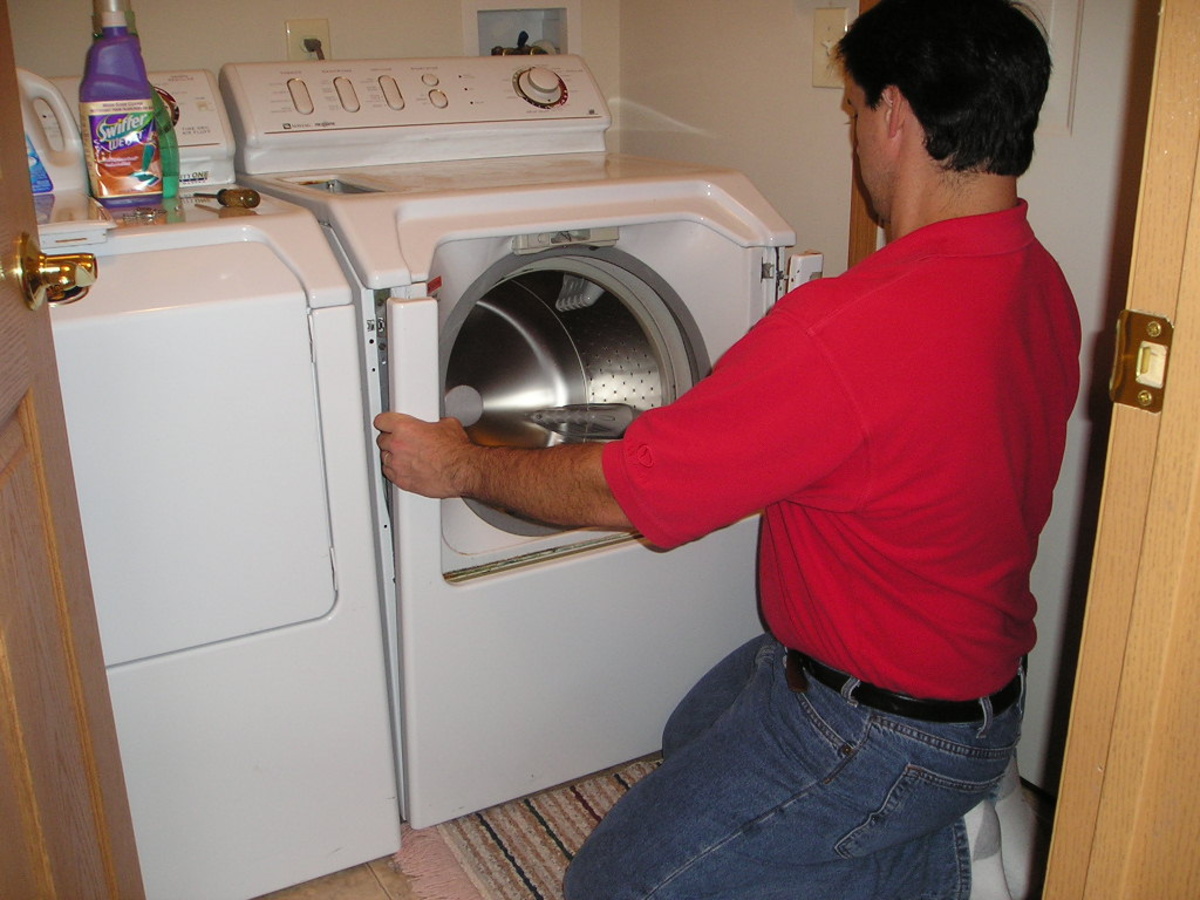

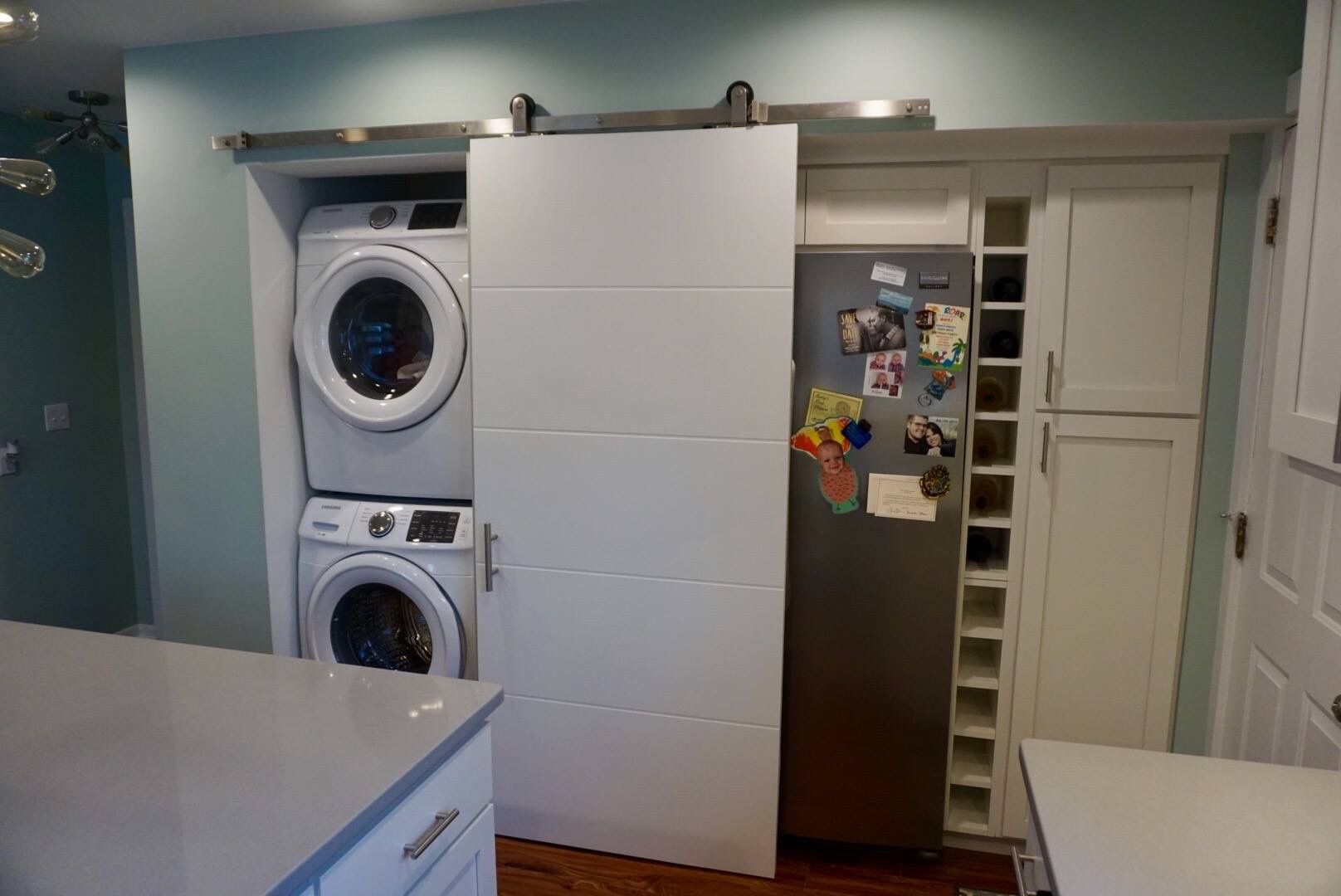
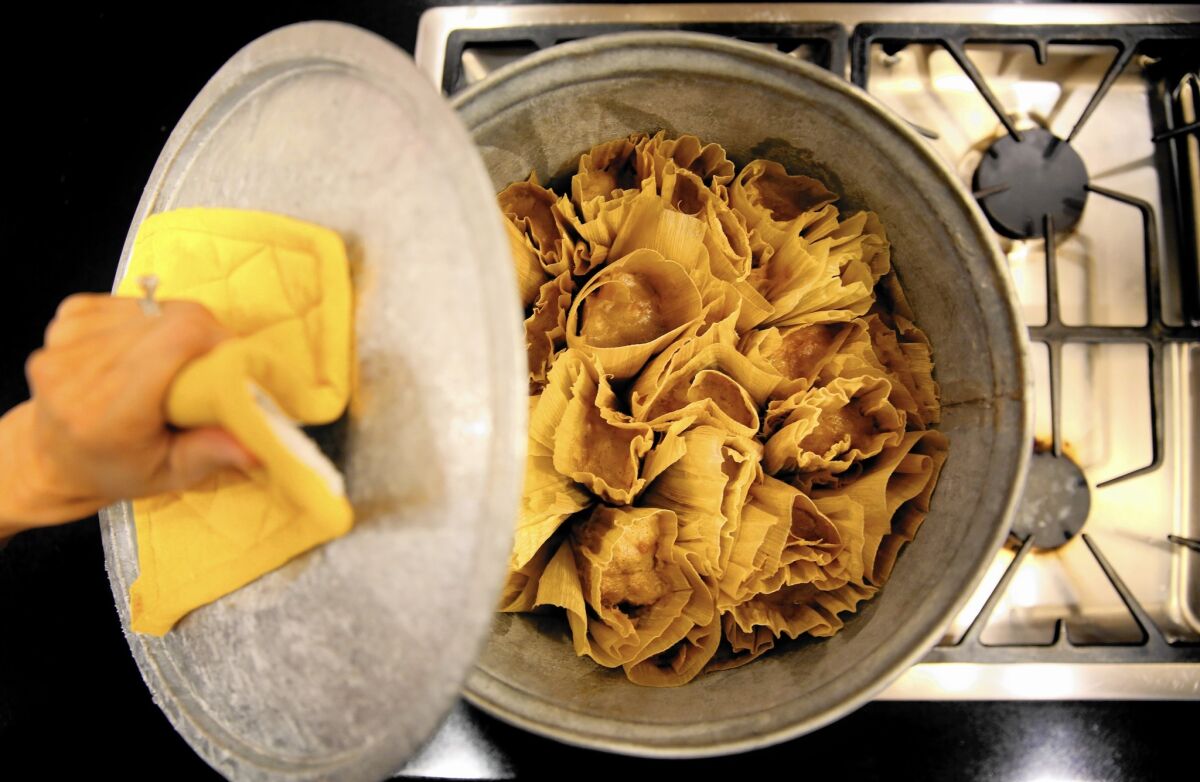
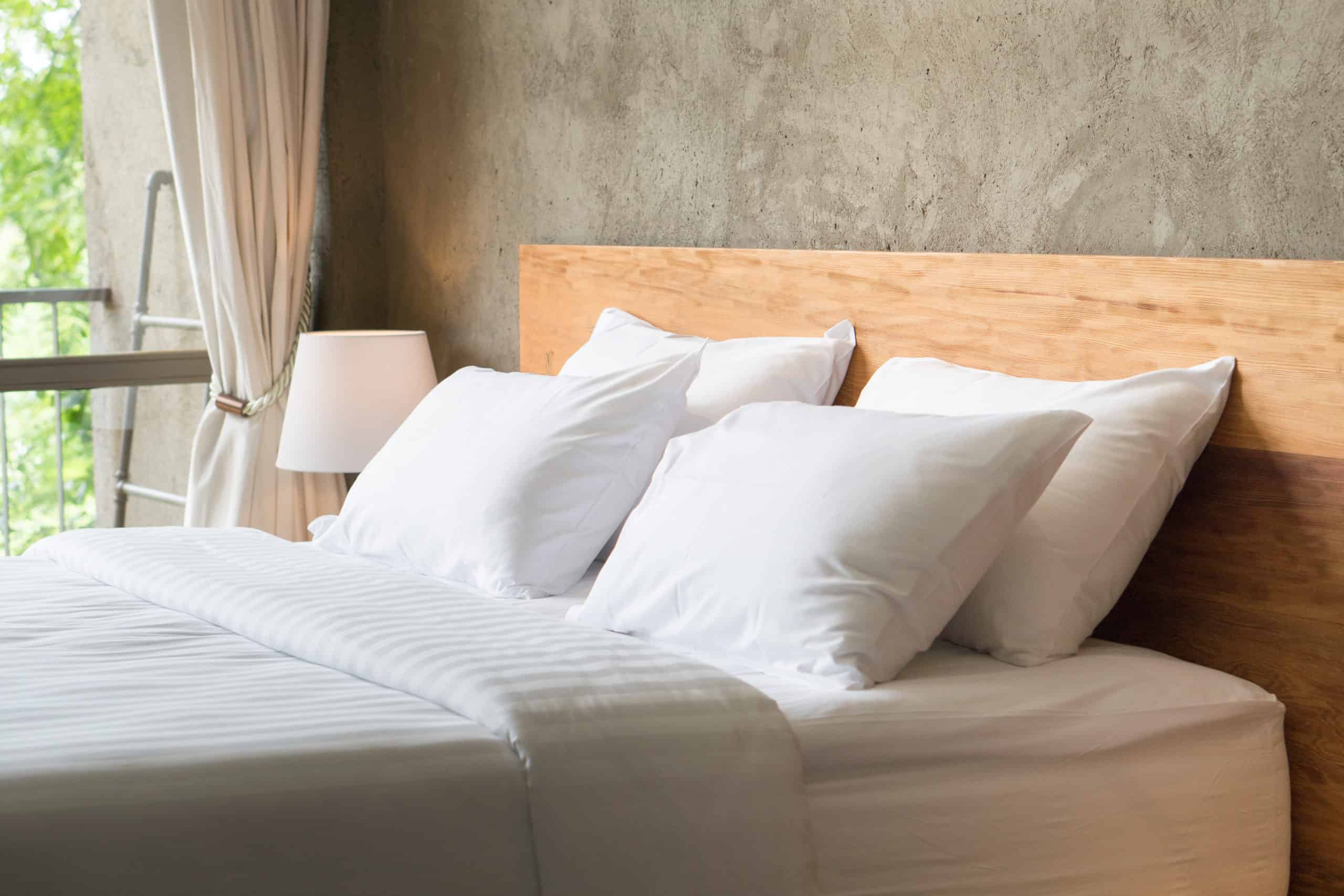

0 thoughts on “How To Incorporate a Stacked Stone Tile Into Your Home”